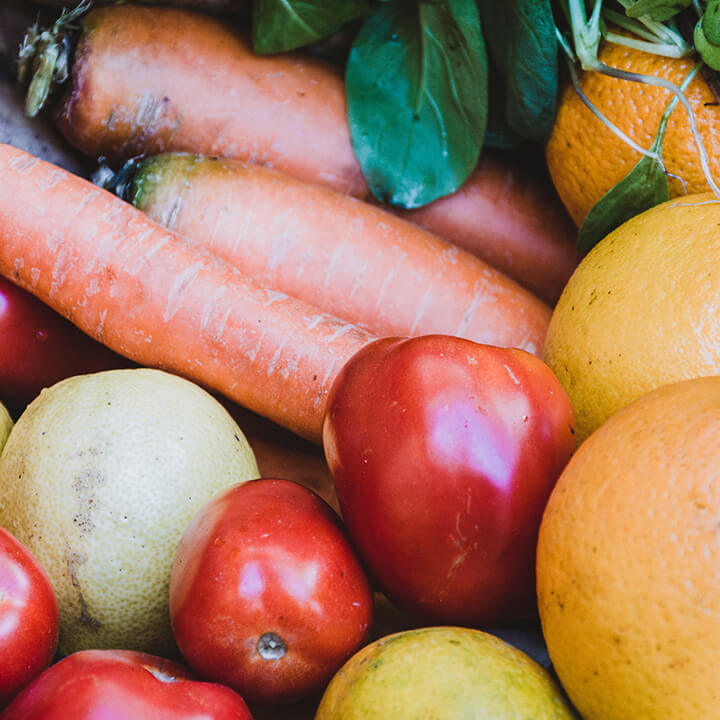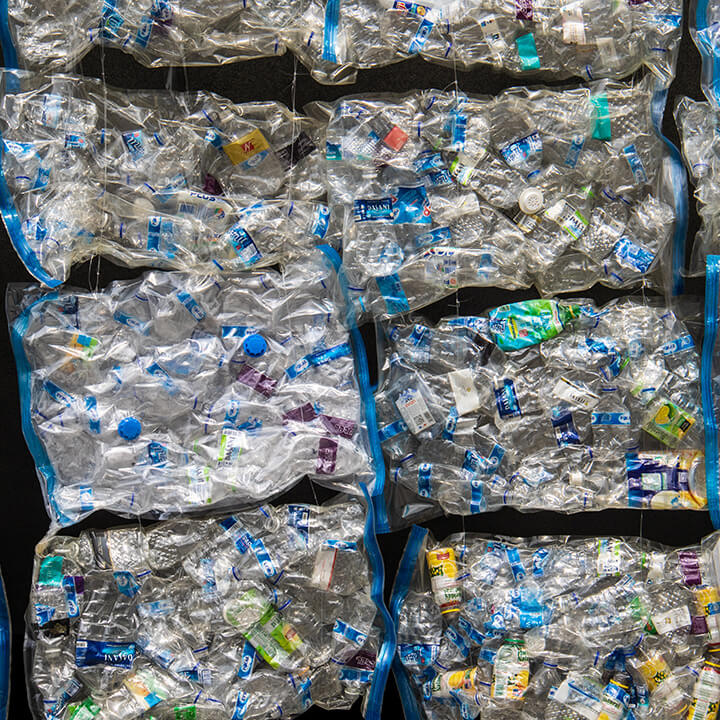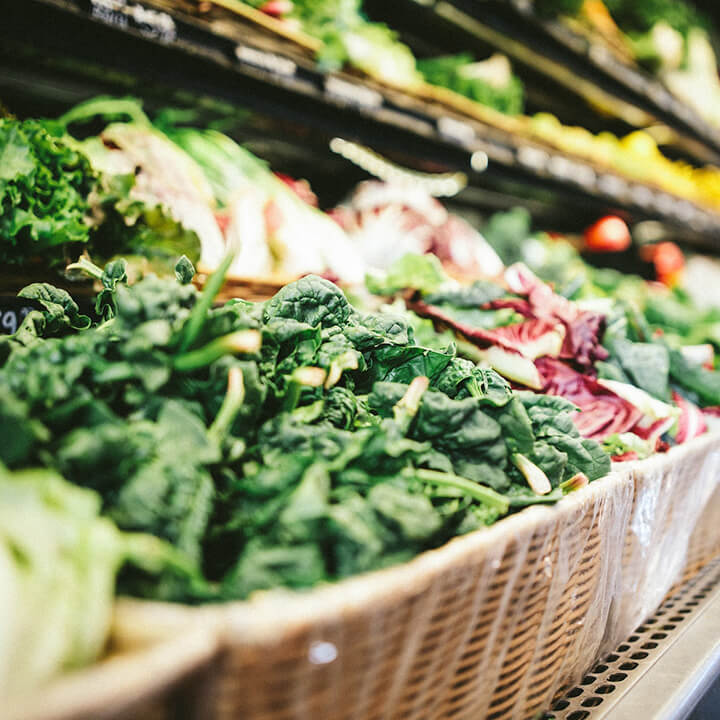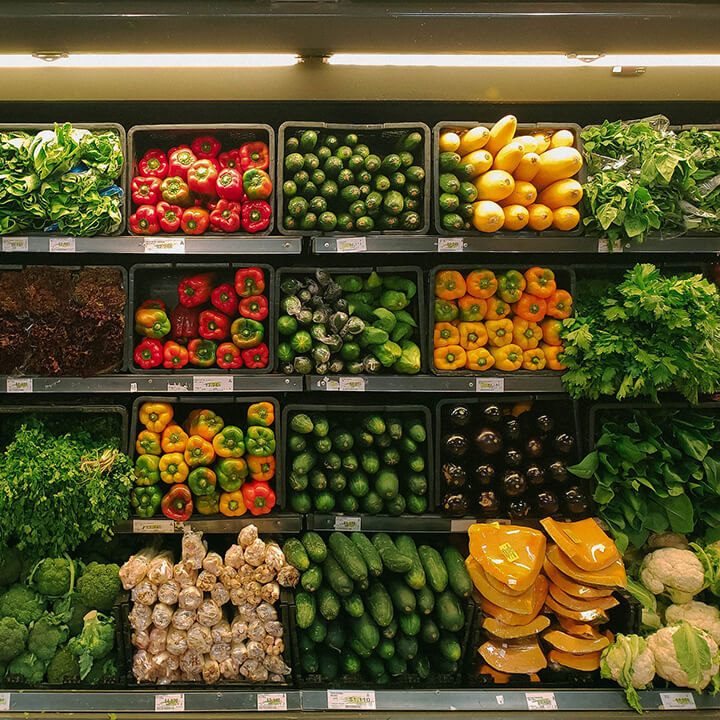FSA issues new best practice guidance for precautionary allergen labelling
3rd October 2023
The Food Standards Agency (FSA) has issued updated best practice guidance for how and when to apply precautionary allergen labelling, commonly seen as ‘may contain’ warnings, on food packaging. Under the new advice, food businesses will need to specify which of the major allergens the precautionary allergen label applies to, rather than just being generic.
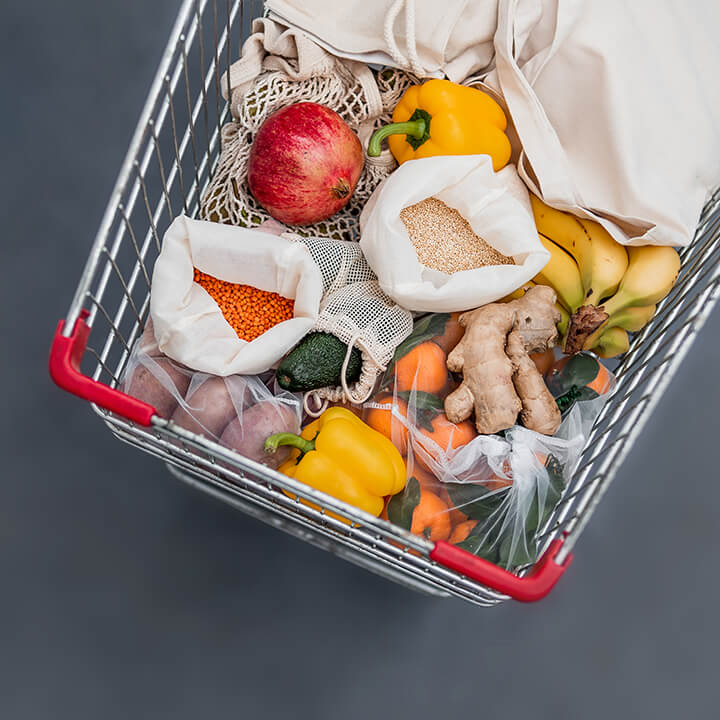
As we reported in our May newsletter, the Food Standards Agency (FSA) has been seeking views from food businesses on new advice for how and when to apply precautionary allergen labelling, commonly seen as ‘may contain’ warnings, on food packaging.
The consultation closed in May and the FSA has subsequently updated its best practice guidance. The FSA has recommended a number of changes in relation to the use of a Precautionary Allergen Label (PAL) and is advising that food businesses should:
- Only apply a PAL if there is an unavoidable risk of allergen cross-contamination which cannot be sufficiently controlled by segregation and cleaning.
- Specify which of the 14 major allergens the PAL refers to – for example, using “may contain peanuts” rather than a generic “may contain nuts” statement.
- Use PAL statements in combination with a vegan label where a risk of cross-contamination with an allergen has been identified. A vegan label communicates different information to a ‘free-from’ claim, which is food safety information aimed at different consumer groups.
The technical guidance goes into further detail about why businesses should not use a PAL statement alongside a ‘free-from’ statement A ‘free-from’ allergen claim should guarantee that the specified allergen is absent and to use it a food business must have implemented strict controls to eliminate any risk of cross-contamination. A vegan claim is not about food safety, and the new guidance highlights that a PAL statement for any or all of molluscs, eggs, fish, milk and crustacea (foods that are both regulated allergens and animal products) can be used to communicate a risk of their unintended presence, where this has been identified by a food business’ risk assessment.
Finally, the updated guidance also advises businesses not to use ‘No Gluten Containing Ingredients Statements’, such as ‘this menu has been designed for a non-gluten diet’. The FSA recommends that only the phrases ‘gluten free’ or ‘low gluten’ be used.
Explore more updates for food and drink businesses in this edition of our Food & Drink Update.

